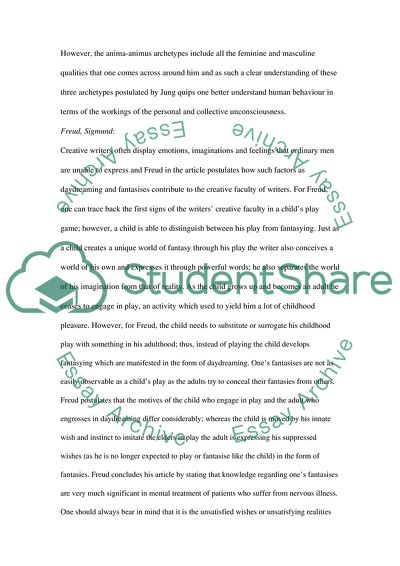Cite this document
(Carl Gustav Jung Annotated Bibliography Example | Topics and Well Written Essays - 1500 words, n.d.)
Carl Gustav Jung Annotated Bibliography Example | Topics and Well Written Essays - 1500 words. Retrieved from https://studentshare.org/social-science/1746607-multiple-articles
Carl Gustav Jung Annotated Bibliography Example | Topics and Well Written Essays - 1500 words. Retrieved from https://studentshare.org/social-science/1746607-multiple-articles
(Carl Gustav Jung Annotated Bibliography Example | Topics and Well Written Essays - 1500 Words)
Carl Gustav Jung Annotated Bibliography Example | Topics and Well Written Essays - 1500 Words. https://studentshare.org/social-science/1746607-multiple-articles.
Carl Gustav Jung Annotated Bibliography Example | Topics and Well Written Essays - 1500 Words. https://studentshare.org/social-science/1746607-multiple-articles.
“Carl Gustav Jung Annotated Bibliography Example | Topics and Well Written Essays - 1500 Words”, n.d. https://studentshare.org/social-science/1746607-multiple-articles.


